Three years ago, the long-established Westlicht Auction, based in Vienna, became the Leitz Photographica Auction following its acquisition by Leica. The event, which is increasing in popularity, now rotates biannually between Vienna and Wetzlar.
This month the 39th auction will take place from 10 am (CET) on November 20 in the Bristol Hotel in Vienna. I have been a customer for about ten years now and I have bought many fine items from Westlicht and now Leitz. Here is a flavour of the forthcoming event through several lots that I believe are particularly interesting and desirable.
As with other auctions, I have identified items using the lot number, so that readers can then find them in the auction catalogue.
Leica MP-55
Leica MP-55 Black Paint with Leicavit Winder, Start Price €150,000, Estimated Range €300,000-€350,000 (Lot No 79)
The original MP was a version of the M3 with some M2 features and the ability to use a Leicavit winder. Slightly more than 400 units were produced and only 141 of these were in black paint. These cameras were provided mainly to professional users who appreciated the winder. Many were big-name photographers working for agencies such as Magnum.
The cameras are widely sought after by collectors because of the small production numbers and the perceived aura derived from professional users. The cameras do not have normal serial numbers. Instead, every camera has its own exclusive number engraved after the initials MP. This one, No.55, has no well-known photographer related to it, but it was delivered to Leitz in London on July 24, 1957, and it is in A- condition today.
Centennial MP
Leica MP grey ‘Republic of China Centennial Limited Edition’, Start Price €20,000, Estimated Range €40,000-€50,000 (Lot No 114)
At first glance, this might appear to be a Chinese Leica copy but, in fact, it is a modern Leica MP from 2012. It is one of 100 examples finished in grey and made for the centennial of the Chinese Republic. It is supplied with a matching chrome 35 mm f/1.4 Summilux lens. The flower engraving is a plum blossom and the inscription, 精彩一百, jīngcǎi yībǎi, translates roughly as “wonderful centenary”. This is definitely a very attractive piece. The camera carries both a series number MP100-027 and a serial number 4414424.
Rigid Summicron prototype
Summicron 2/50 mm Rigid Prototype, Start Price €8,000, Estimated Range €16,000-€18,000 (Lot No 142)
The Summicron is a prototype from 1956 and represents the origin of one of the best lenses ever produced by Leica. I have a production version of the Rigid Summicron and its Dual Range (DR) brother. Both are superb. Compared with the production version, this prototype has a slightly longer focus throw. This item carries no serial number.
Makro Plasmat
Meyer Görlitz Leica M39 mount Makro Plasmat f/2.7 3.5cm lens, Start Price 20,000, Estimated Range €40,000-€50,000 (Lot No 258)
Here is a very rare lens that is rangefinder coupled in an LTM mount and focuses down to about 70 cm. Meyer produced many fine lenses for the German camera industry during the 1930s and this example dates from 1933.
Red Flag
Hong Qi/Red Flag 20, Start Price €20,000, Estimated €40,000-€50,000 (Lot No 303)
This is a very rare and much sought after Chinese copy of the Leica M4. Only 200 examples were made for a Government order. It seems that they were never sold and it may be that they were given to senior Government officials. This example comes with guaranteed exclusivity and a 50 mm f/1.4 Summilux copy lens.
FAG 1
Geodeziya Moscow FAG I Version GOI Test Camera, Start Price €20,000, Estimated Range €40,000-€50,000 (Lot No 388)
A copy of the Leica II, this camera was made in 1934 as part of a trial involving the Geodeziya, VOOMP and FED companies. The copies were produced on a trial basis and given to Moscow photographers to test and compare with Leicas. Only about 300 examples were made. This one bears the serial number 49 on the base.
In the event, only the FED went into large-scale production, so the VOOMP and Geodeziya items fetch very high prices as do the very early FEDs. As I have mentioned in previous articles, the market for early Soviet cameras has been rising in recent years. Of the items in this article, this is the one I would most like to own.
Space camera
Salyut 1W Space Camera, Start Price €20,000, Estimated Range €40,000- €50,000 (Lot No 404)
This is the headline item of the auction. The camera was developed for the Soyuz 4 Space mission which took place on January 14, 1969. It is based on a regular Hasselblad copy from the Kiev Arsenal company. It has a special heavy grade viewfinder and hand grip and oversize controls for use by cosmonauts with gloved hands.
It is accompanied by an Industar 80 mm f/2.8 lens. The set also comes with two film magazines and two photographs that depict some of the cosmonauts involved in the mission. Another example of the camera is in the Yuri Gagarin Museum.
Contax rifle
Contax Rifle 543/75 outfit, Start Price €30,000, Estimated Range €60,000-€70,000 (Lot No 429)
I saw all of these items when I was in Wetzlar in late September and, in terms of good looks, this one really stood out. It was developed by the famous sports photographer Lothar Rübelt for the Berlin Olympic Games of 1936. Very few of these items are known to exist.
The most striking feature is the shiny chrome Zeiss Sonnar 180 mm f/2.8 lens, which would have been a state-of-the-art item in the 1930s. The set comes with a matching finder. Rifle-stock items usually sell well, but this one is rarer than most that I have seen.
Caveat emptor
All the items in this article, except the Meyer Görlitz lens and the Contax Rifle outfit, are subject to an additional 20% VAT on both the hammer price and premium. As usual, it is important to check terms and conditions, particularly for premiums and taxes, and also to check the catalogue conditions. Collectiblend.com is a useful source for previous auction results.
More articles by William Fagan
Want to contribute an article to Macfilos? It’s easy. Just click the “Write for Us” button. We’ll help with the writing and guide you through the process.

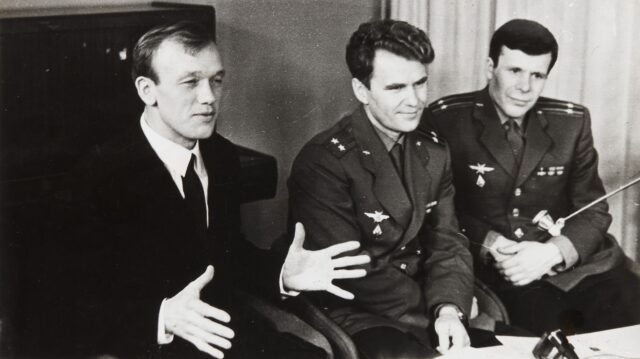
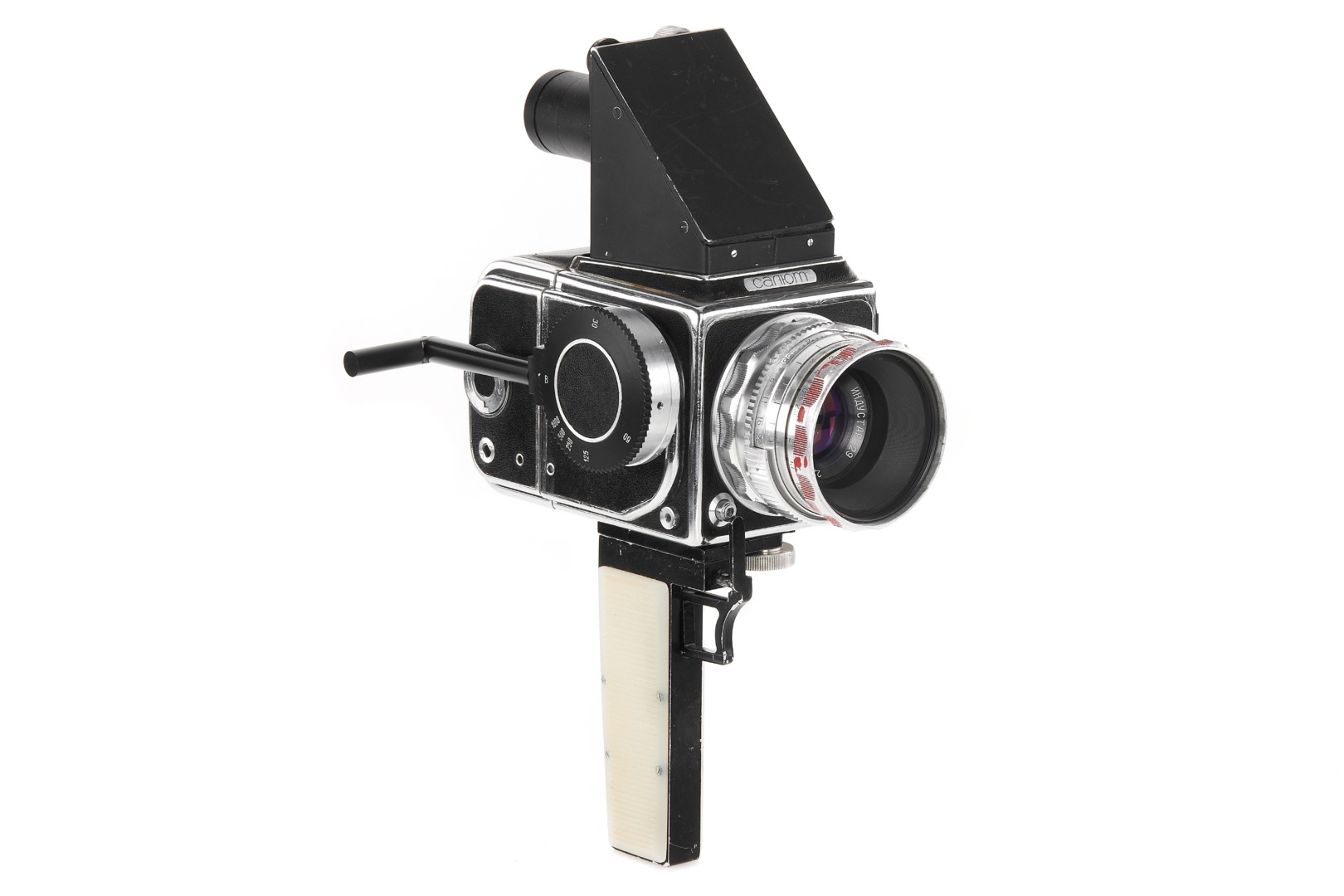
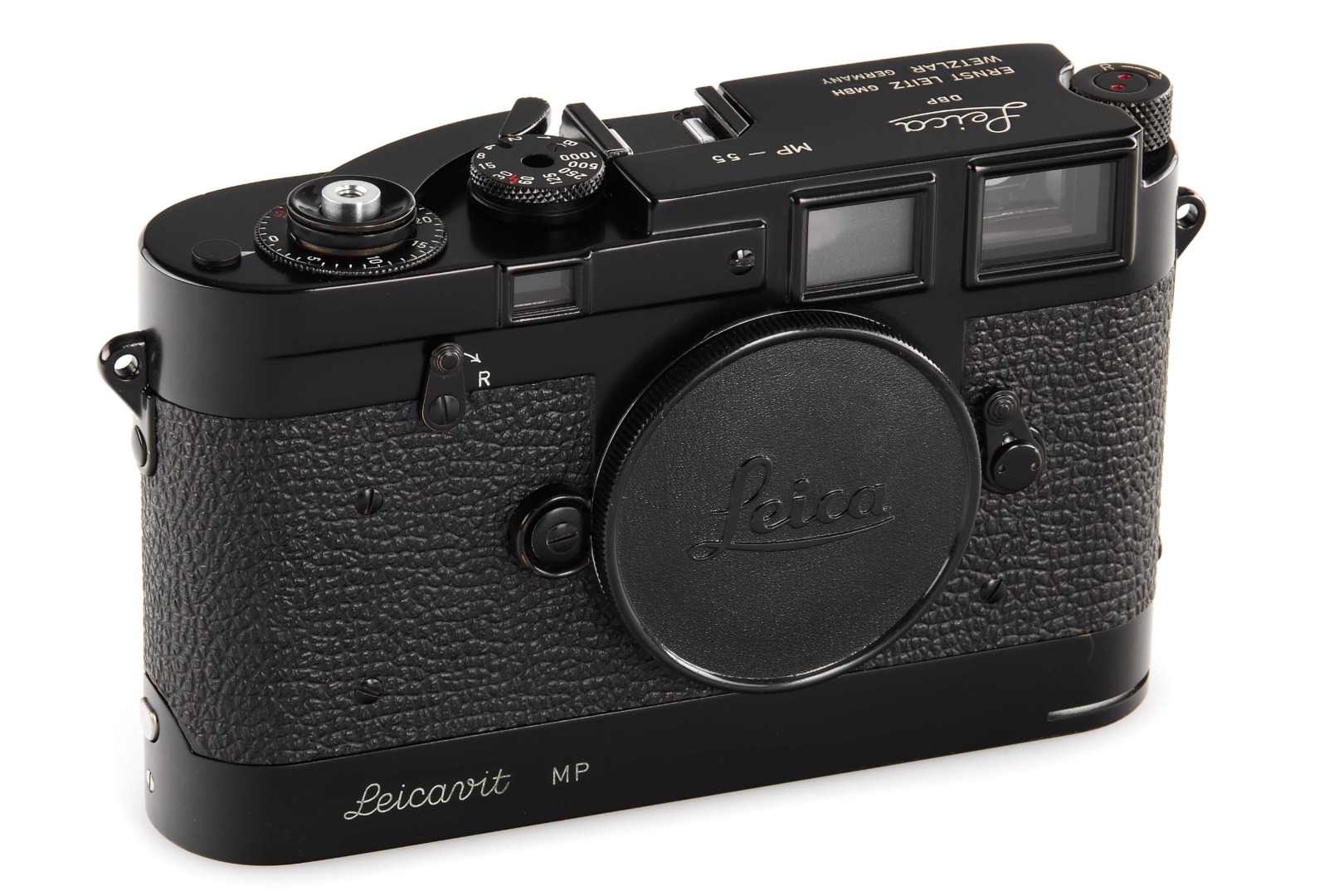
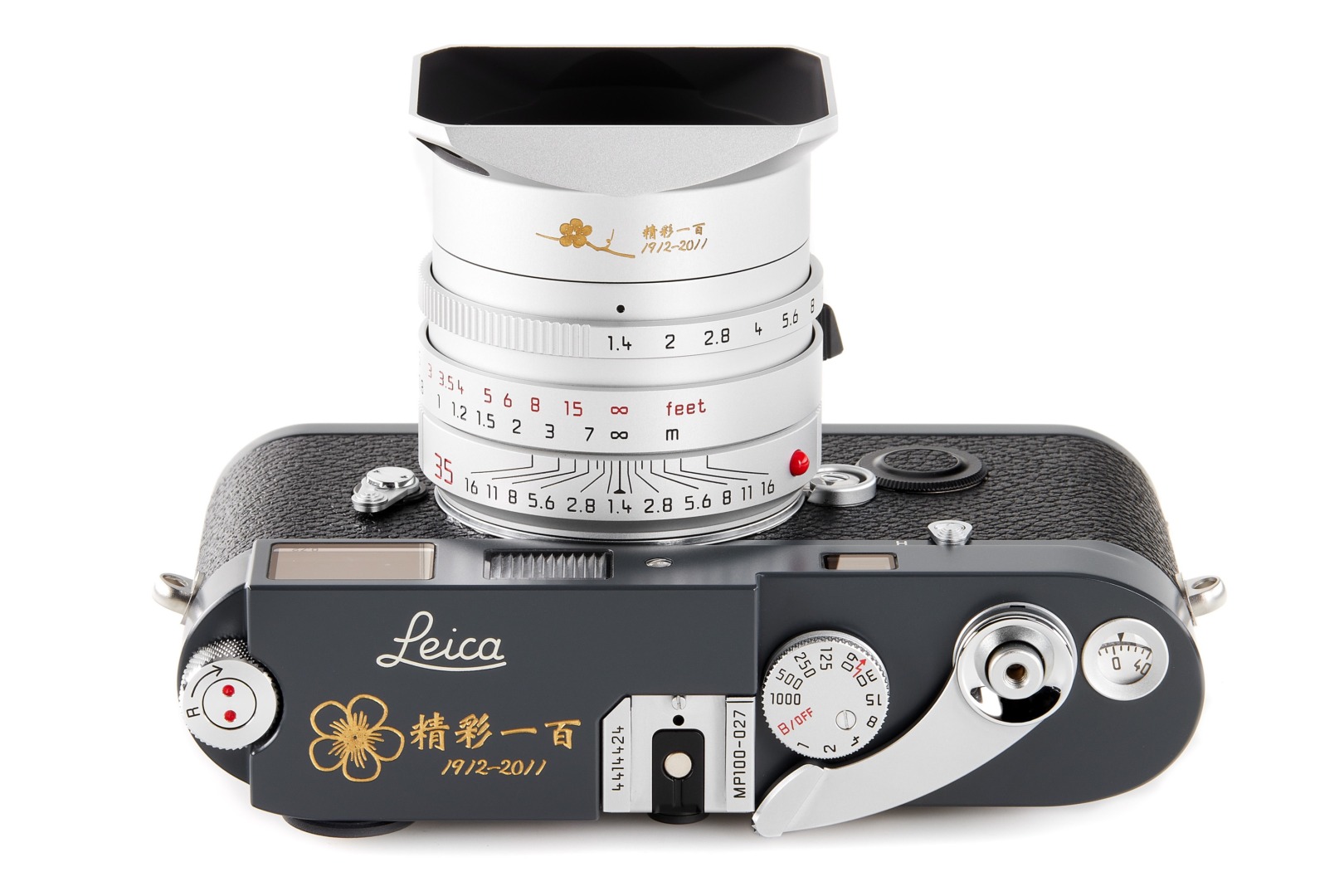
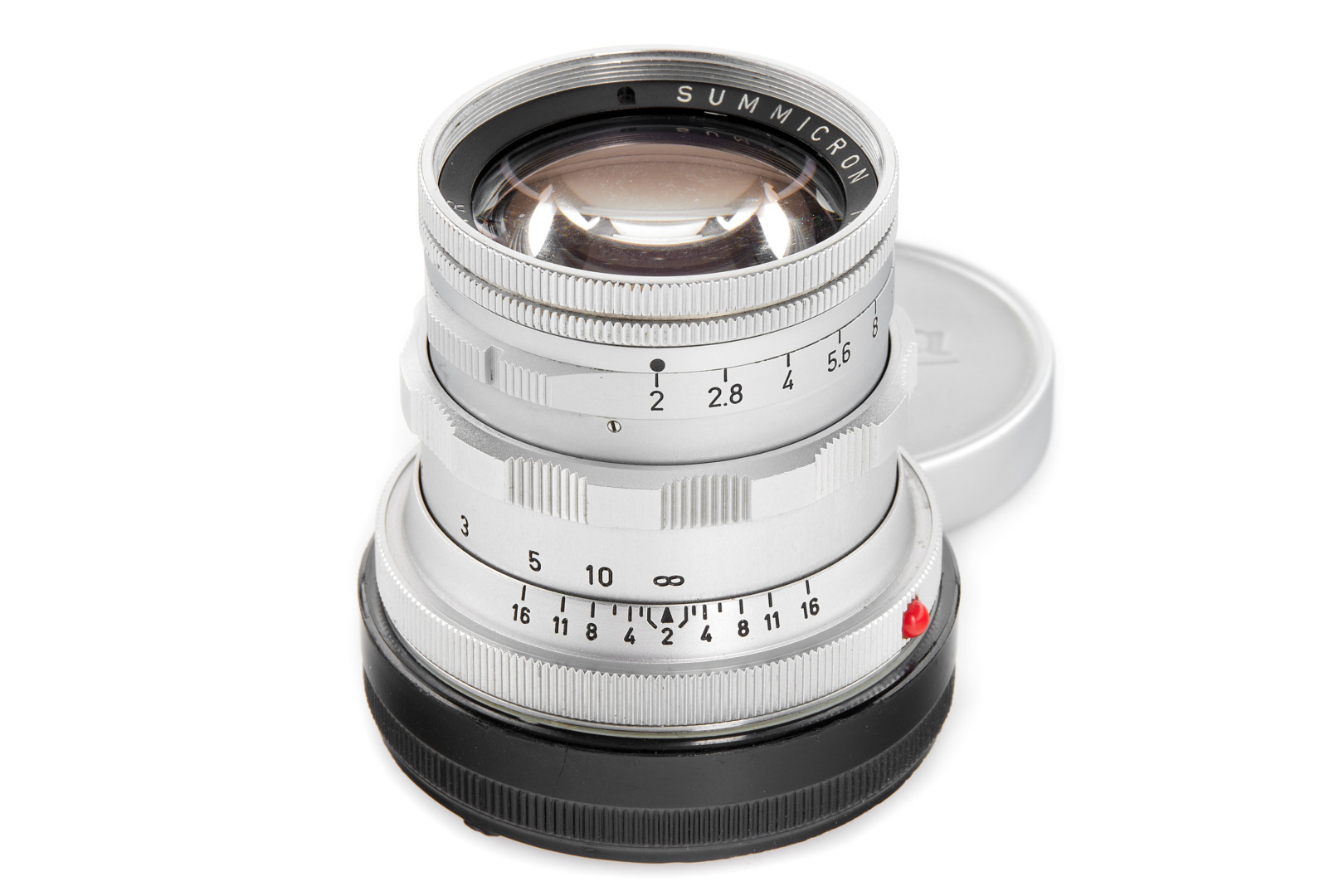
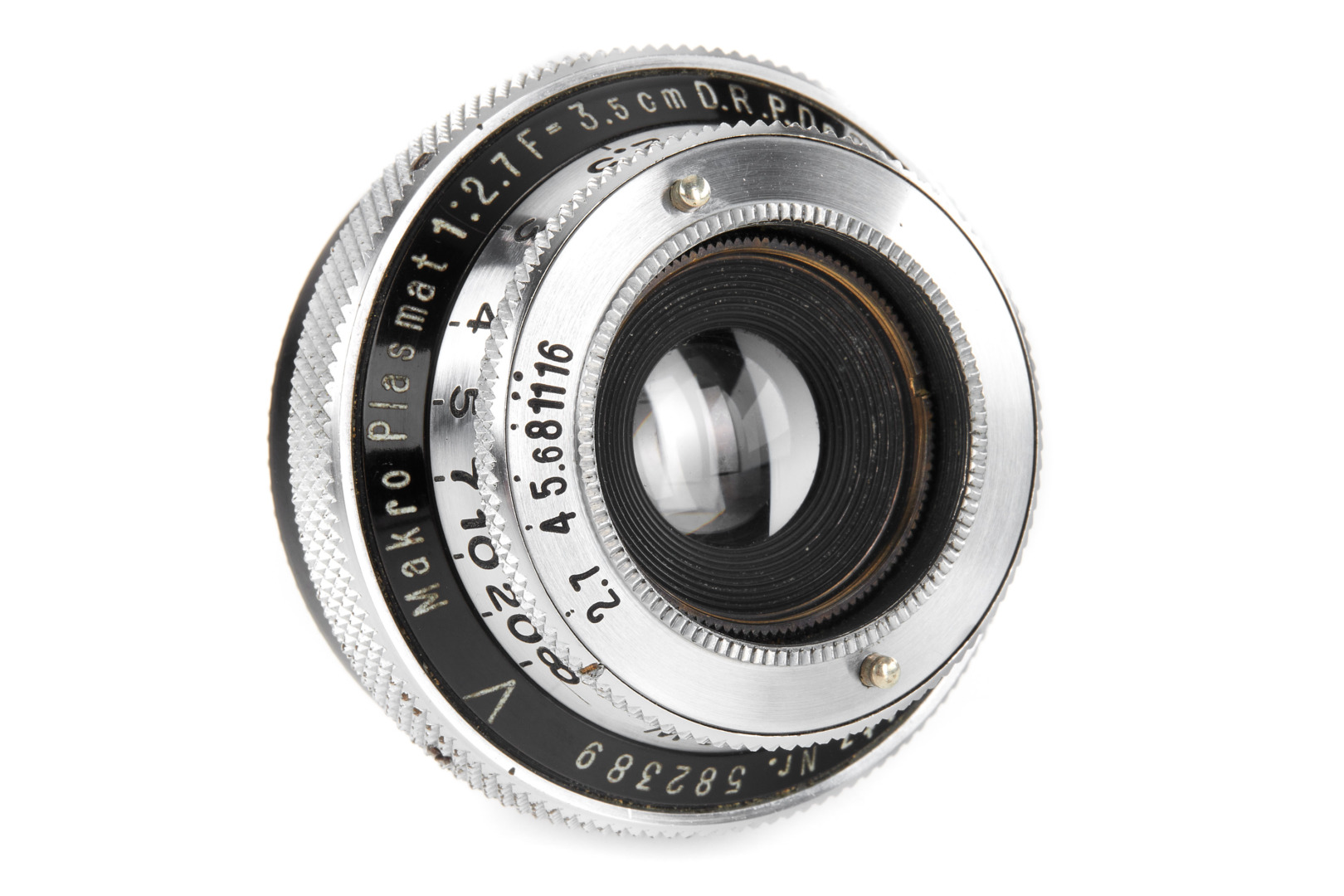
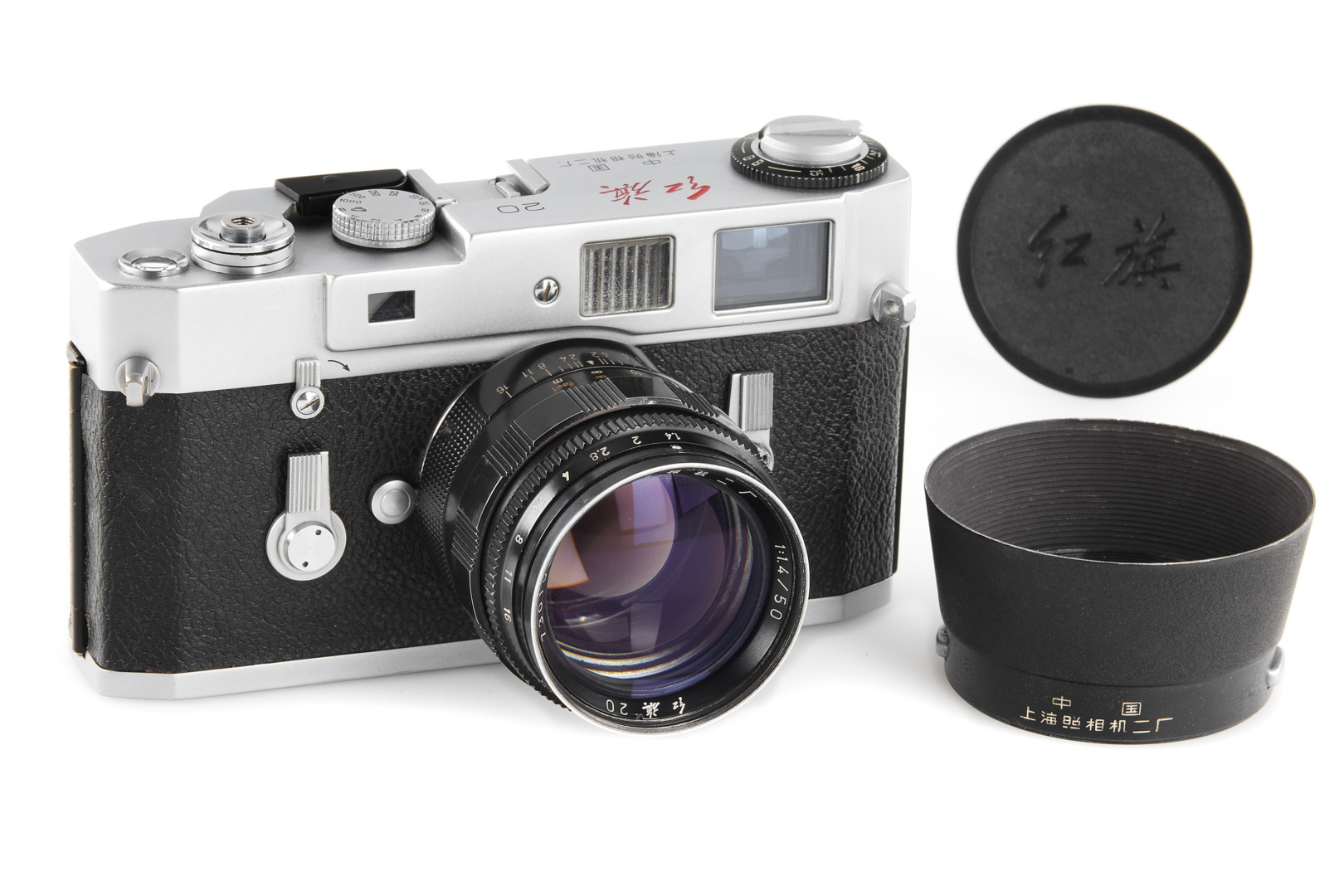
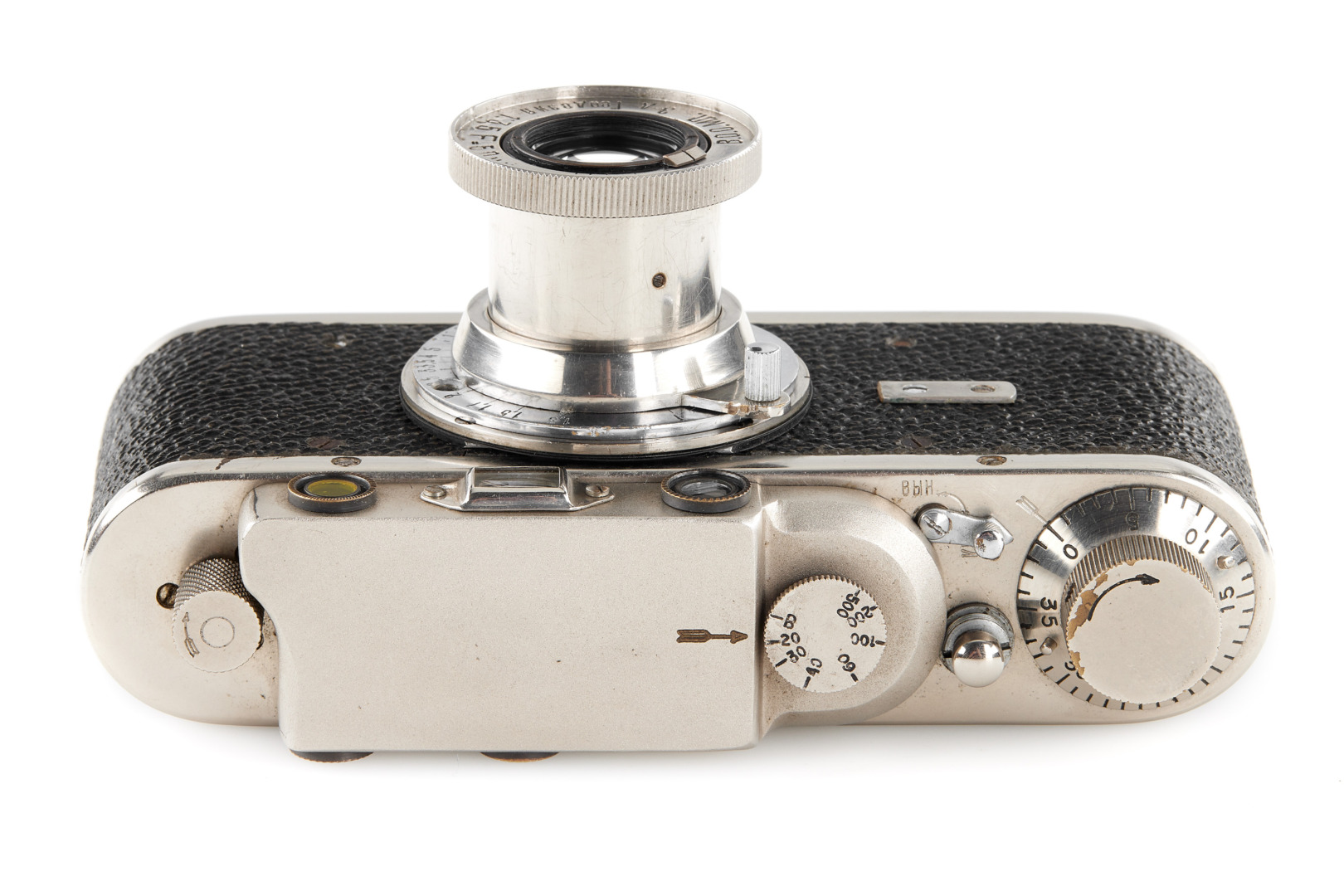
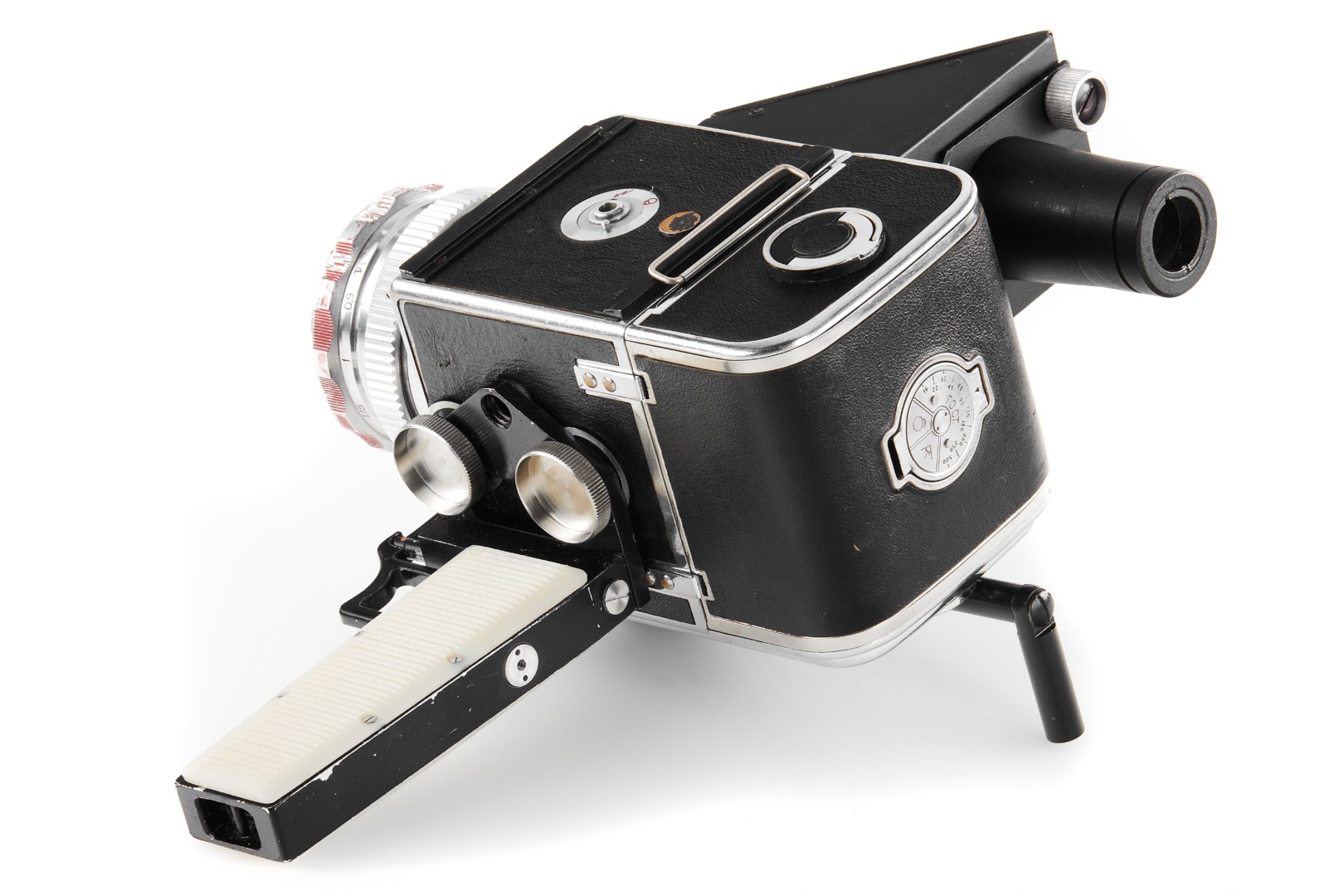
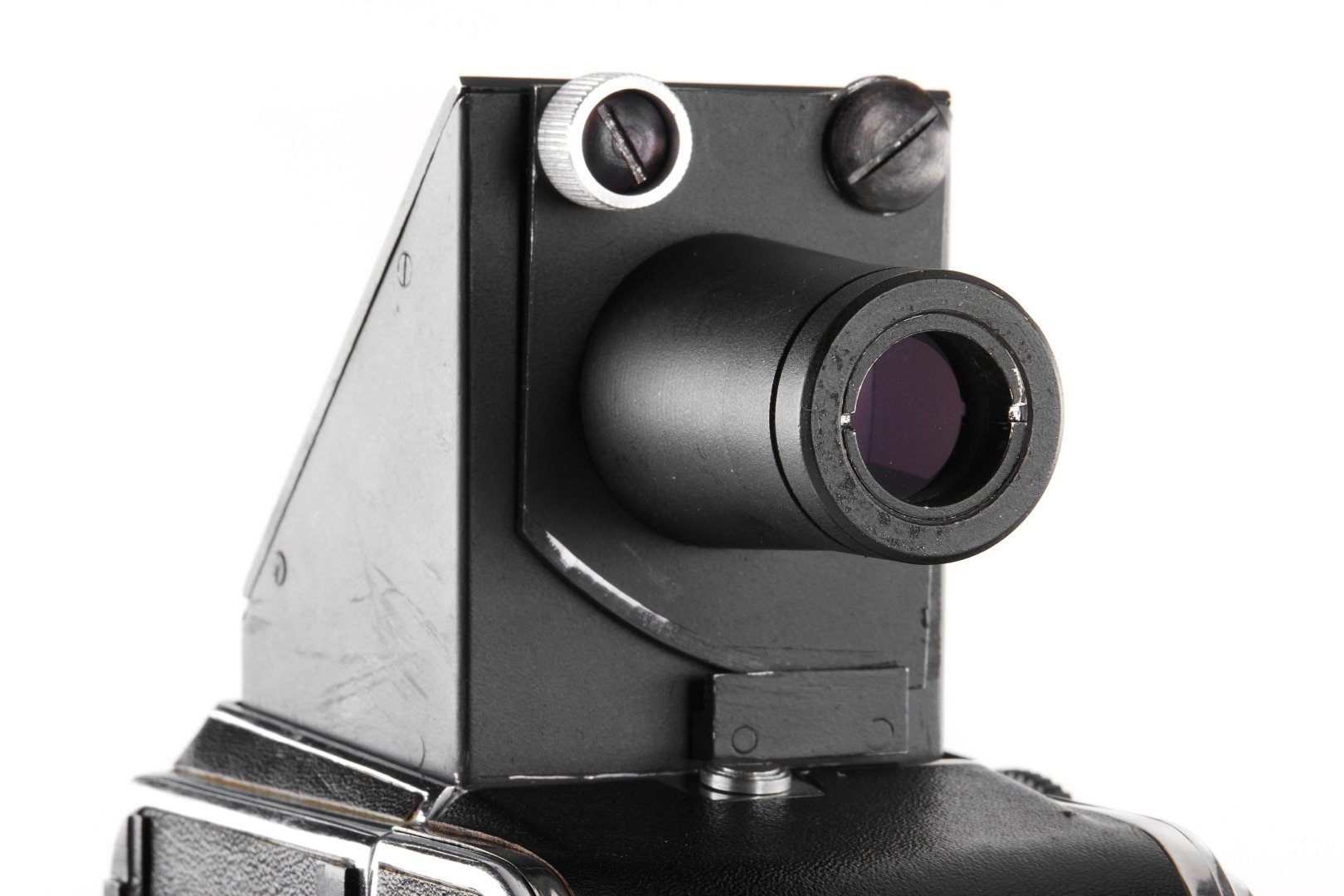
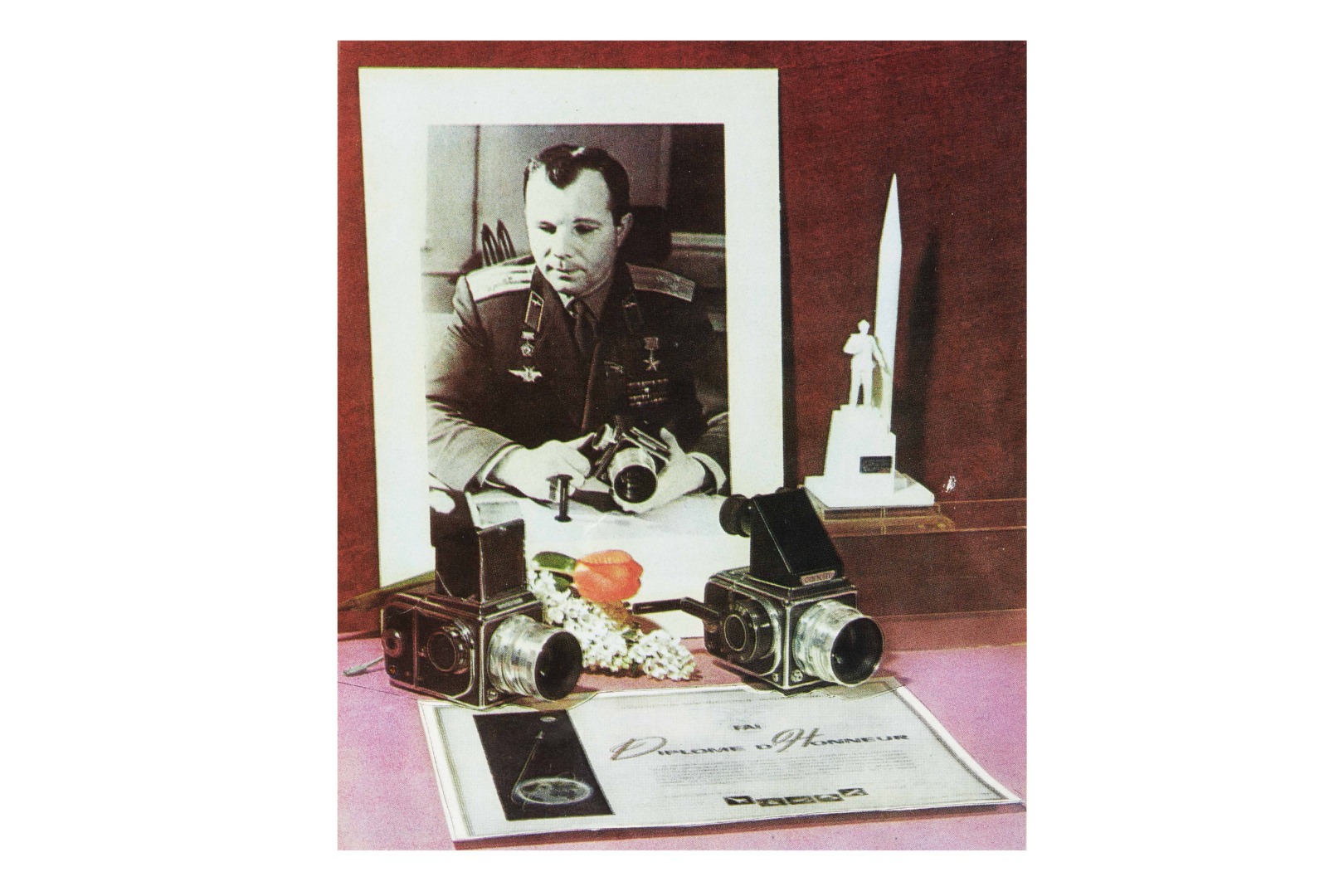
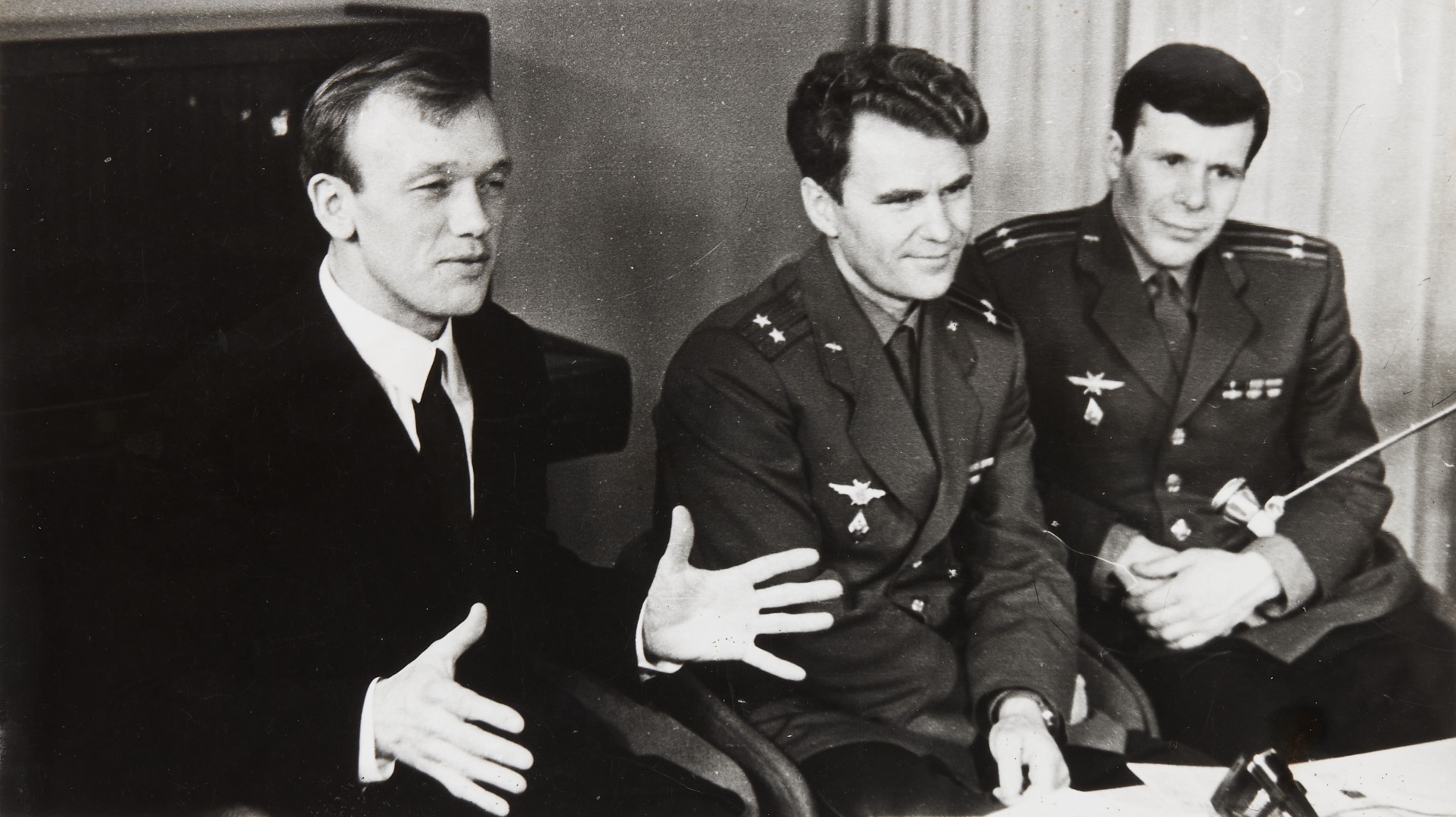
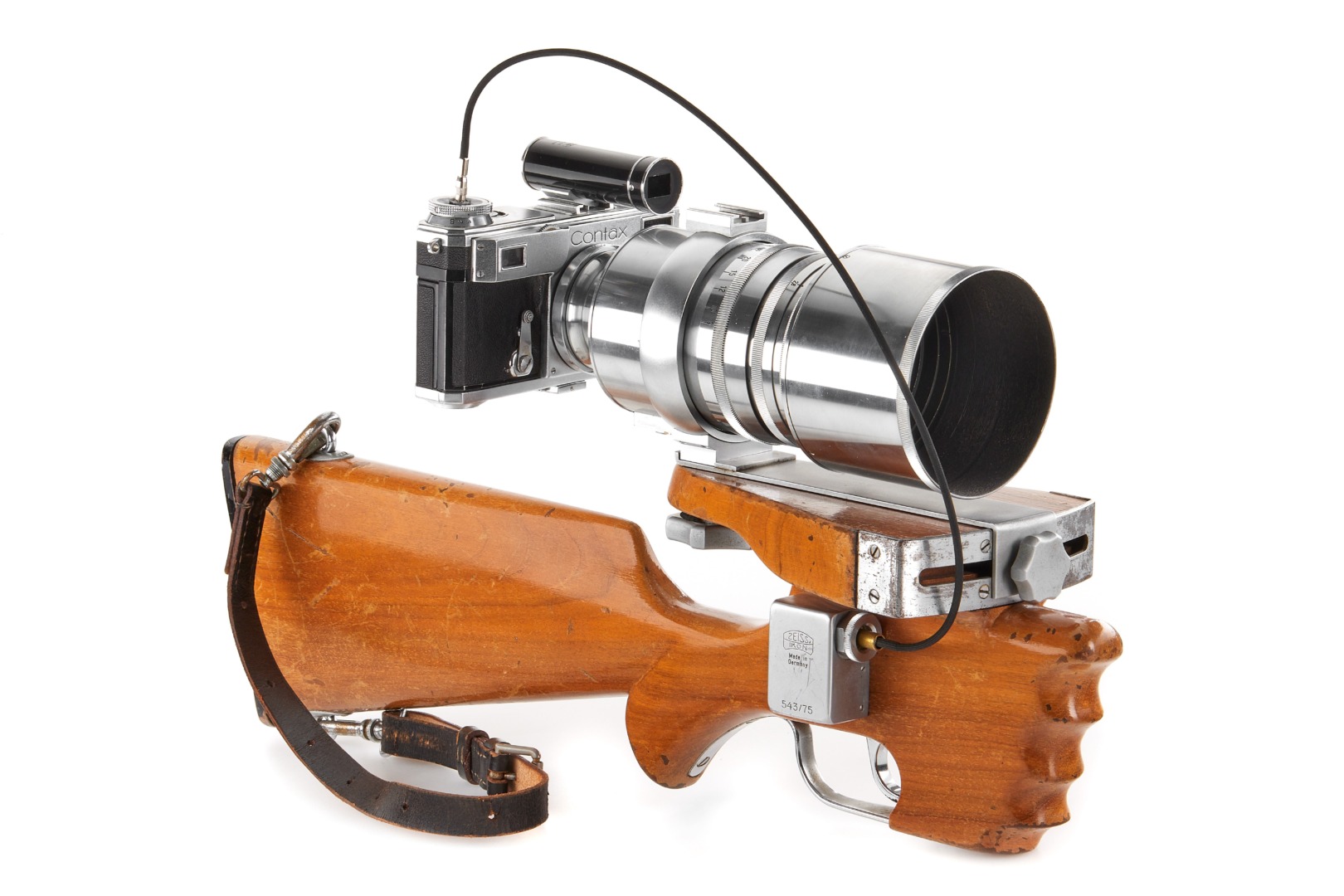
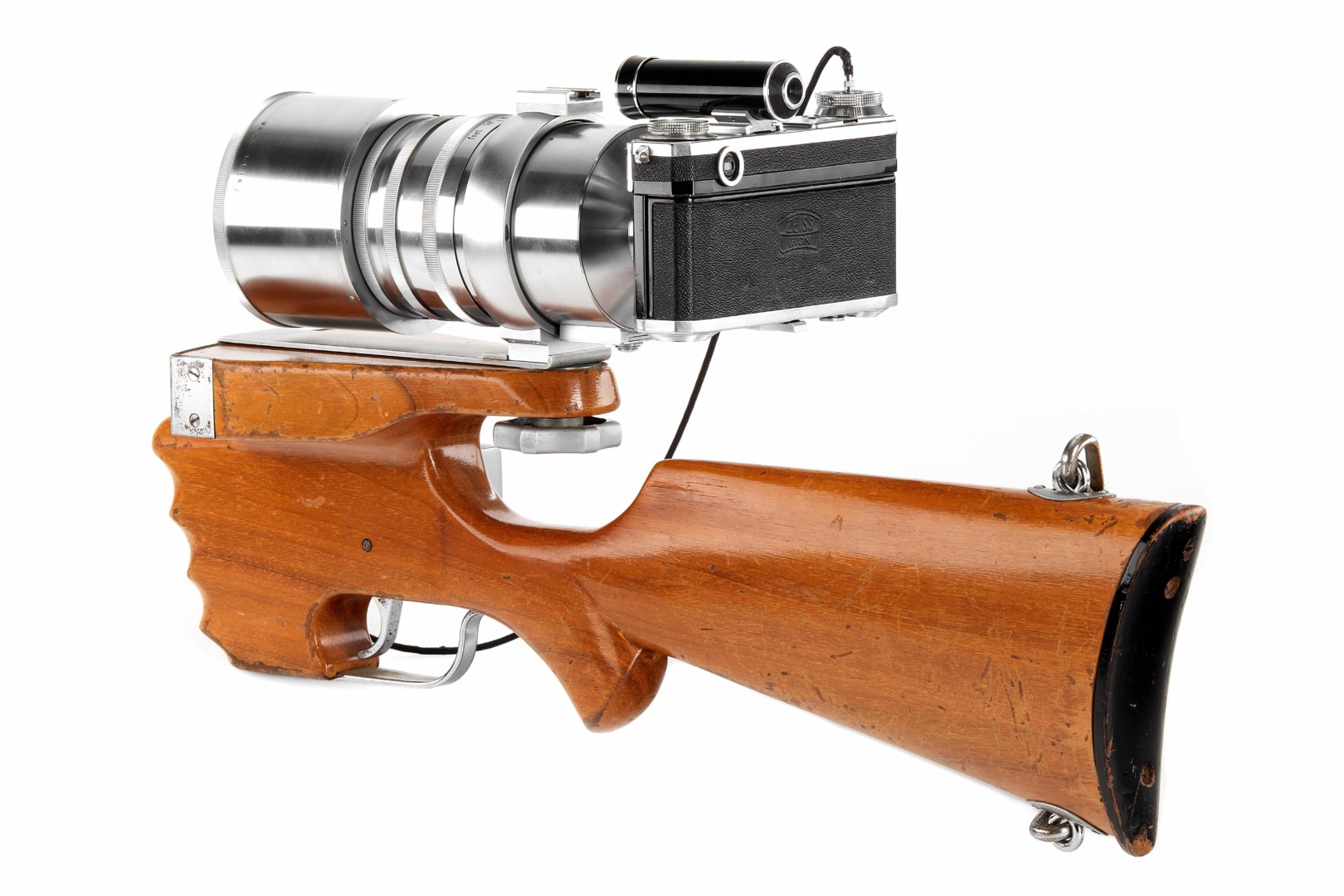
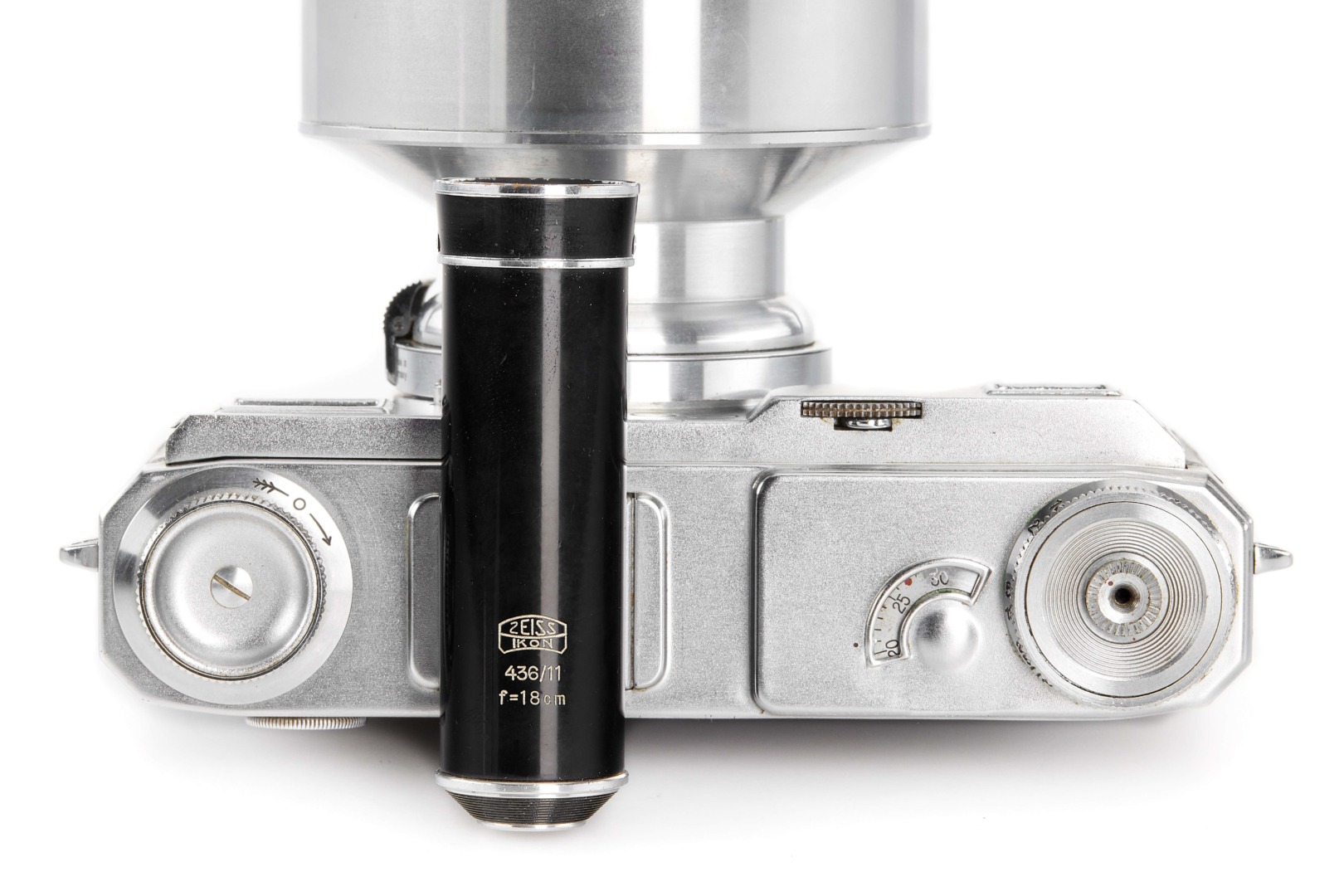
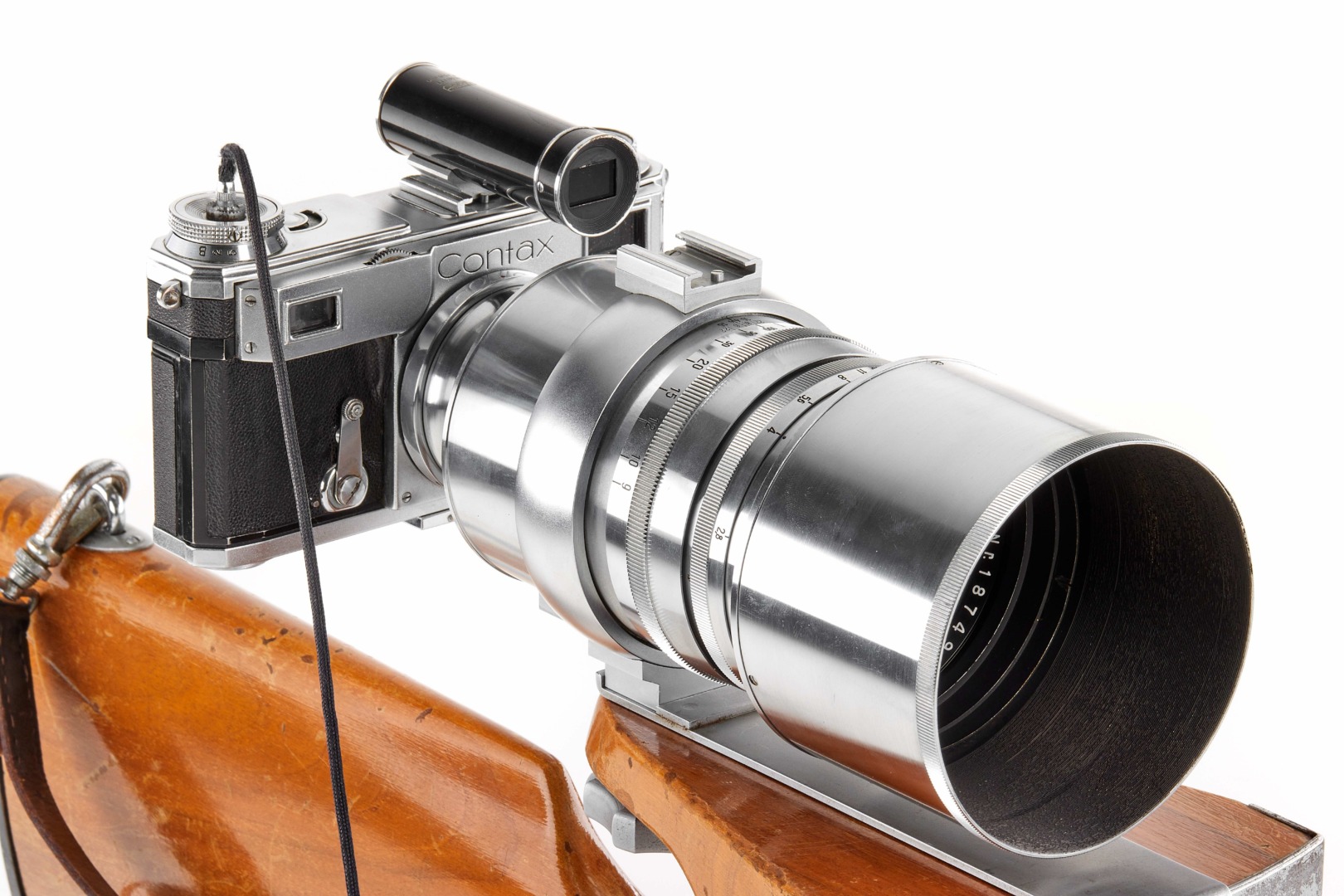




Thank you for the ‘tasters’ William. I’d like to own a Leica Elmax e.g., Lot No.2, SN 616 … the I Mod. C conversion … not a wholly original Elmax but maybe has an interesting provenance … and is 1925 ‘first year’ production.
Thanks Dunk. There are a lot of things there which I could not afford. Then again, there are other items which I might be able to afford if the prices stay sane, but I might not want to spend that kind of money on the item. I have several themes in my collection and what I buy at auctions usually fits into one of those themes and often relates to something else which I already have in my collection.
I note that there are bids in already for most of the FSU/Russian items in the Leitz Auction, something which I have noticed in many auctions in recent years. it is a really lively market just now for the old Soviet stuff.
While I have you, as we say in Ireland, there is an 800mm Telyt R f6.3 lens going in Dan Tamarkin’s auction next Saturday. It comes with a case, keys and 2x extender. It looks just like the one you showed us at the TLS AGM in Lincoln in 2015. I thought you might be interested.
William
Thank you for your marvelously knowledgeable walk about in this sumptuous coming event. Ah well, I’ll just have to take out my beautifully scratch-free IIIf (red dial) and nurse it for comfort………….
Thanks, John. All old cameras are precious artefacts as they will have ‘seen’ a lot in their lifetime. The IIIf Red Dial is a lovely camera. Mind it well.
William
Concernant le Sonnar, il est dit qu’il avait été développé à l’occasion des JO de Berlin 1936 pour la photographe Leni Riefenstahl (sur Contax), et que certaines version avaient un diaphragme variant légèrement avec la distance de mise au point.
TRANSLATION: Regarding the Sonnar, it is said that it was developed for the Berlin Olympics 1936 for the photographer Leni Riefenstahl (on Contax) and that some versions had a diaphragm varying slightly with the focus distance.
Merci, D Pasquier
It is easier for me to reply in English. The Zeiss Olympia design was around for many years afterwards and appeared in many guises and brand names, a lot of which included the ‘Olympia’ designation. The feature which you mention (aperture varying with focus distance) may well have been in the original design, but there is very little written about the original item, which is very rare. Later variants of the 180mm f2.8 lens are easy to find.
William